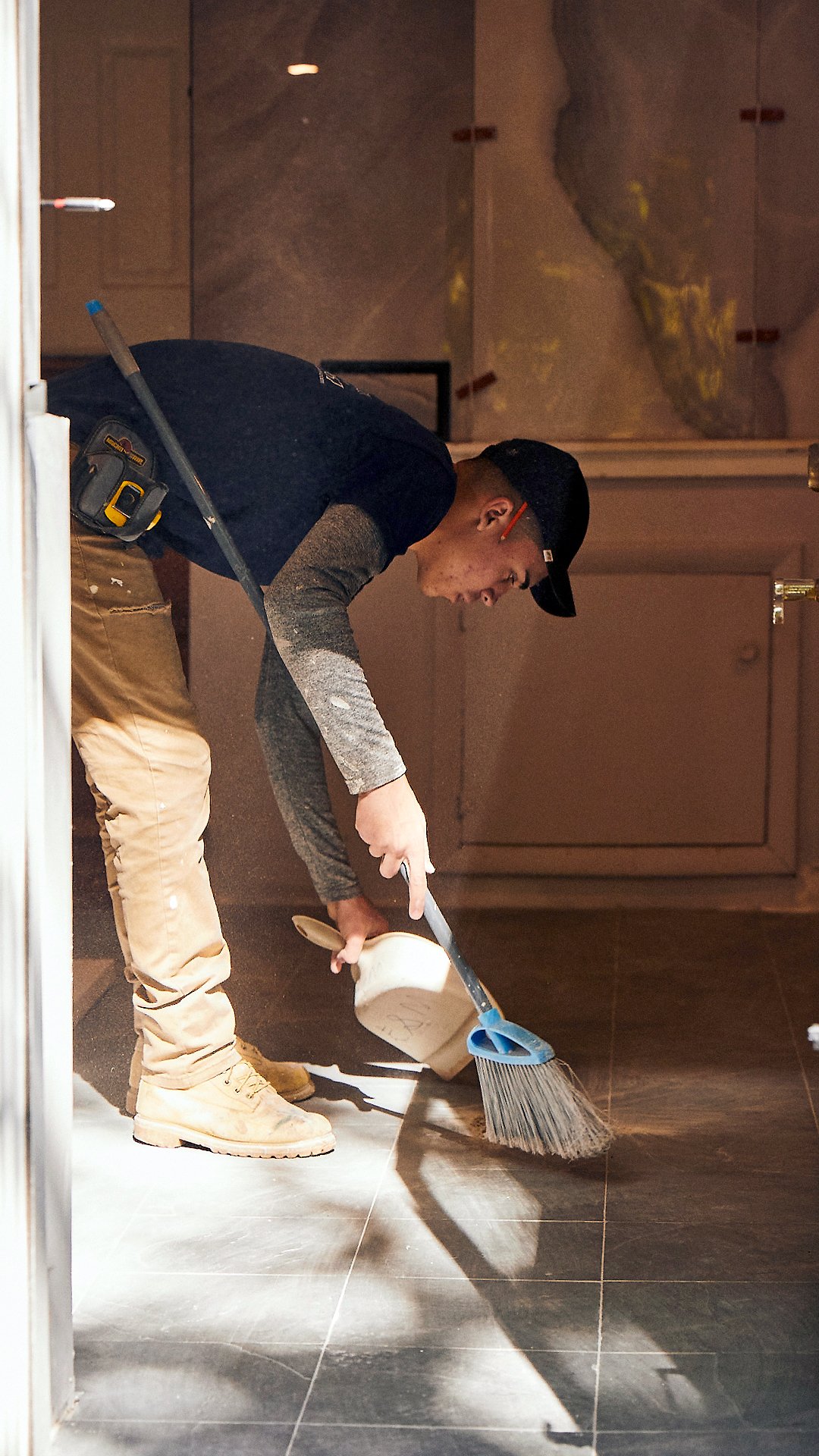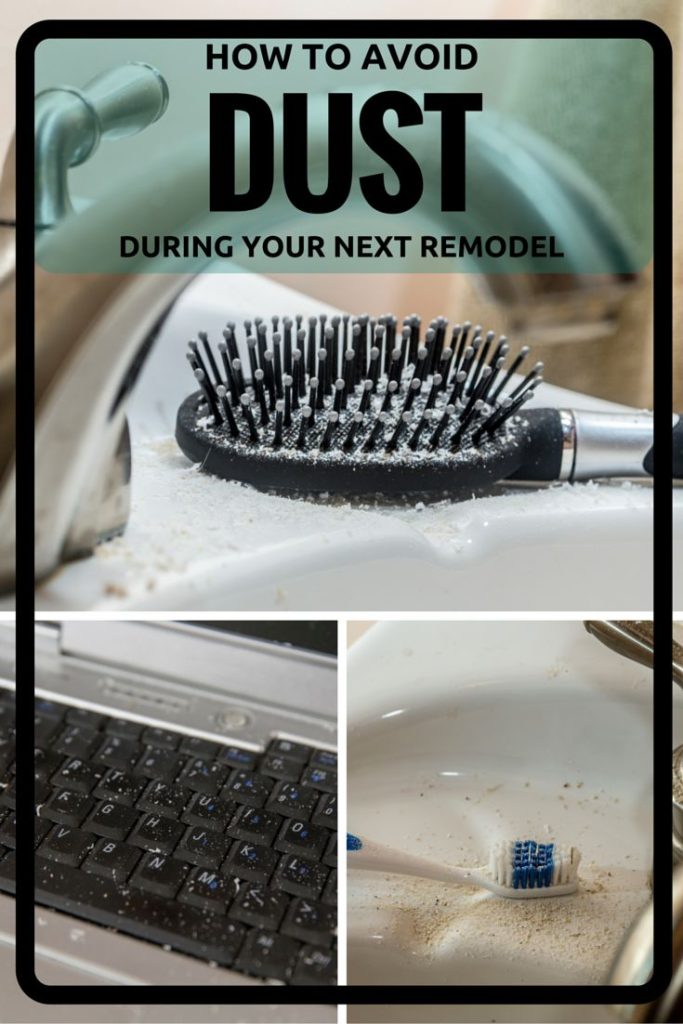

Dust Everywhere After Remodeling? This is a common frustration for homeowners undergoing renovations. The process of remodeling often results in a significant amount of dust, which can be extremely difficult and time-consuming to remove. Renovations, whether small or large, inevitably generate dust, debris, and construction materials that need careful removal before you can fully enjoy your renovated space. This comprehensive guide will delve into practical strategies for cleaning up dust after a home remodeling project. We’ll discuss everything from initial preparation to advanced cleaning techniques, offering clear steps to ensure your home is spotless after the dust settles. This article will also include a discussion of the reasons for dust build-up, common mistakes to avoid, and tips for future renovations to minimize the dust problem.
Understanding the Sources of Dust
Initial Assessment
Dust accumulation during renovations originates from various construction activities. Construction materials, from drywall and plaster to wood and concrete, all release dust particles. The movement of these materials during cutting, sanding, and grinding creates substantial amounts of airborne debris. Unprotected or improperly sealed areas exacerbate the problem. Additionally, demolition work often involves removing existing materials, which also produces significant amounts of dust. Understanding these sources is crucial for effective prevention and cleanup.
Common Mistakes
One common mistake is not properly planning the removal of materials or the handling of the materials during the removal process. Another common issue is ignoring the importance of adequate ventilation, which can lead to a buildup of dust that can be hard to remove later. Failure to cover surfaces appropriately, such as furniture and flooring, further contributes to the mess. In order to avoid significant dust problems, implement a preventative plan throughout the process. This means using protective coverings, ensuring appropriate ventilation, and planning the sequencing of work stages.
Effective Dust Control Strategies
Related Post : Paint Peeling Off Walls Too Soon? Causes and How to Fix It
Preventative Measures
Proactive measures significantly reduce the amount of dust generated during a renovation project. Covering furniture and flooring with drop cloths is a standard precaution that should be taken. Strategically placing these coverings minimizes damage to valuables. This is especially important for delicate items or those that you don’t want to get dusty. Using dust-sealed bags and containers for storage and transportation of materials is crucial. Appropriate ventilation is critical during the construction process. Use fans to remove dust and debris, and ensure that dust particles don’t become airborne.
Cleaning Tools and Techniques
For the cleaning phase, a variety of cleaning tools are essential to eliminate dust effectively and thoroughly. High-powered vacuums, especially with HEPA filters, are excellent for removing fine dust particles from surfaces. Mop, microfiber cloths, and wet cloths are effective for smaller areas or tasks. Focus on tackling the problem at its source and systematically eliminating dust pockets and accumulations. Pay special attention to the source of the dust accumulation to prevent it from returning. Using the right equipment will make a big difference in ensuring a thorough clean.
Post-Renovation Cleaning Procedures
Initial Steps
The initial step in cleaning up after a renovation is to remove large debris and construction materials from the area. This should be done using specialized tools to prevent further spreading of dust. Secure all debris and waste appropriately to prevent secondary pollution. Tackling the large debris first will make the smaller cleaning jobs much easier.
Comprehensive Cleaning
Dust accumulation from construction activities often lingers. A comprehensive approach to cleaning includes multiple phases, moving from large areas to smaller areas. Begin with the larger spaces, followed by walls, floors, and furniture. Pay attention to areas like baseboards, window frames, and corners. Regularly inspect and clean to maintain cleanliness. Be mindful of corners, crevices, and other hard-to-reach areas.
Maintaining a Clean Environment
Prevention is Key
Preventative measures reduce the likelihood of dust problems during future remodeling projects. Proper ventilation is crucial to minimize dust build-up. Use appropriate coverings for furniture and flooring to protect them from dust and debris. Ensure proper sealing of materials to contain the dust and avoid the spread throughout the house.
Regular Maintenance
Dusting and vacuuming are essential parts of maintaining a clean home after renovations. Cleaning is a key part of keeping the dust out. Regular cleaning prevents dust from accumulating in the long run, ensuring a cleaner and healthier living environment.
Advanced Cleaning Techniques
Specialized Cleaning
Sometimes, specialized cleaning is needed depending on the type of dust that has accumulated. Specialized cleaners or professional cleaning services may be required for stubborn or unique dust types. For stubborn cases, consulting a cleaning professional can be a quick and effective solution to save time.
Post-Cleanup Care
After cleaning, inspecting the cleaning and ensuring all dust has been removed is important to prevent the re-accumulation of dust and to ensure your cleaning has worked. Regularly clean and inspect high-traffic areas to remove lingering dust to maintain cleanliness.
What if some dust is still visible after the thorough cleaning?
If dust is still visible after a thorough cleaning, it’s possible that there are hidden sources or lingering particles. Check less obvious places like baseboards, window sills, and crevices. If you’re still concerned about stubborn spots, consider using specialized cleaning solutions. If you’re still finding dust, consider consulting a professional cleaning service to ensure every trace of dust is removed.
How can I minimize dust buildup in future renovations?
Minimizing dust buildup in future renovations involves proactive planning. Choose materials that are less prone to generating dust. Prioritize a detailed cleaning plan, which will allow you to address all areas of potential dust accumulation. A key factor in minimizing dust buildup is to use appropriate coverings for all furniture and flooring. Implement meticulous planning that anticipates dust accumulation points and prepares to manage them. These preventative steps are crucial to reduce the overall amount of dust that gets created.
How long should I expect the cleaning process to take after a renovation?
The cleaning time after a renovation depends significantly on the size and scope of the project. A small renovation might only take a few hours to clean thoroughly, while a larger renovation could take several days or even weeks, depending on the level of dust and debris created. Prioritizing areas of high dust accumulation and using appropriate tools will speed up the cleaning process. A thorough strategy for tackling the dust problem, in accordance with the size of your project, is necessary to efficiently complete the process.
Dust Everywhere After Remodeling? Ultimately, tackling post-renovation dust requires a strategic approach. By combining effective cleaning methods, careful planning, and a thorough understanding of your specific circumstances, you can minimize the mess and restore your home to its pre-renovation beauty. Remember to prioritize ventilation, diligent cleaning, and preventative measures for future projects. Are you ready to conquer your next renovation without the dust? Get started with our comprehensive guide and reclaim your living space.